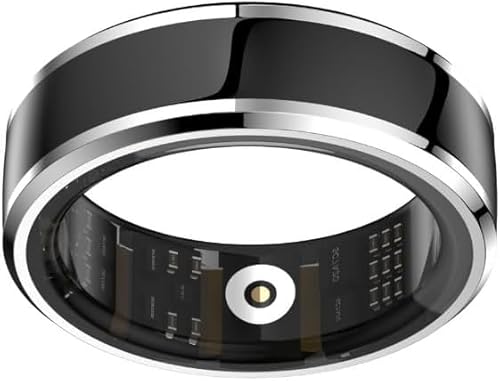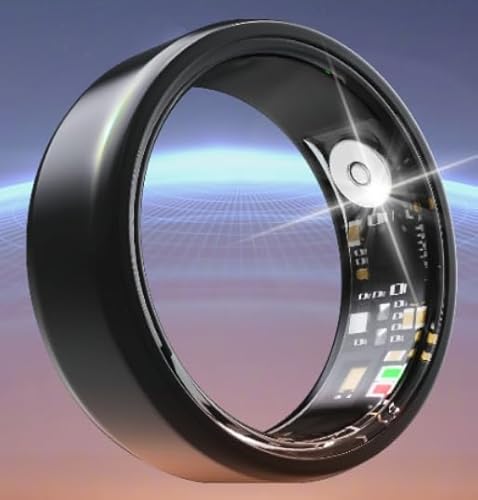K
Karlynn
Received this info in an email from a friend. Don't know how factual, or how correct the protocol is, but I figured it wouldn't hurt to post it here - since so many of us live with the possibility of a stroke.
During a BBQ a friend stumbled and took a little
fall - she assured everyone that she was fine
(they offered to call paramedics) and just tripped over a brick because of her new shoes. They got her cleaned up and got her a new plate of food - while she appeared a bit shaken up, Ingrid went about enjoying herself the rest of the evening. Ingrid's husband called later telling everyone that his wife had been taken to the hospital - (at 6:00pm, Ingrid passed away.) She had suffered a stroke at the BBQ - had they known how to identify the signs of a stroke perhaps Ingrid would be with us today.
It only takes a minute to read this-
Recognizing a Stroke
----- A neurologist says that if he can get to a stroke victim within 3 hours he can totally reverse the effects of a stroke...totally. He said the trick was getting a stroke recognized, diagnosed an getting to the patient within 3 hours which is tough.
RECOGNIZING A STROKE
Thank God for the sense to remember the "3" steps. Read and Learn!
Sometimes symptoms of a stroke are difficult to identify. Unfortunately, the lack of awareness spells disaster. The stroke victim may suffer brain damage when people nearby fail to recognize the symptoms of a stroke.
Now doctors say a bystander can recognize a stroke by asking three simple questions:
1. *Ask the individual to SMILE.
2. *Ask him or her to RAISE BOTH ARMS.
3. *Ask the person to SPEAK A SIMPLE SENTENCE
(Coherently) (i.e. . . It is sunny out today) If he or she has trouble with any of these tasks, call
9-1-1 immediately and describe the symptoms to the dispatcher.
After discovering that a group of non-medical volunteers could identify facial weakness, arm weakness and speech problems, researchers urged the general public to learn the three questions. They presented their conclusions at the American Stroke Association's annual meeting last February. Widespread use of this test could result in prompt diagnosis and treatment of the stroke and prevent brain damage.
(Edited out carets, Ross)
During a BBQ a friend stumbled and took a little
fall - she assured everyone that she was fine
(they offered to call paramedics) and just tripped over a brick because of her new shoes. They got her cleaned up and got her a new plate of food - while she appeared a bit shaken up, Ingrid went about enjoying herself the rest of the evening. Ingrid's husband called later telling everyone that his wife had been taken to the hospital - (at 6:00pm, Ingrid passed away.) She had suffered a stroke at the BBQ - had they known how to identify the signs of a stroke perhaps Ingrid would be with us today.
It only takes a minute to read this-
Recognizing a Stroke
----- A neurologist says that if he can get to a stroke victim within 3 hours he can totally reverse the effects of a stroke...totally. He said the trick was getting a stroke recognized, diagnosed an getting to the patient within 3 hours which is tough.
RECOGNIZING A STROKE
Thank God for the sense to remember the "3" steps. Read and Learn!
Sometimes symptoms of a stroke are difficult to identify. Unfortunately, the lack of awareness spells disaster. The stroke victim may suffer brain damage when people nearby fail to recognize the symptoms of a stroke.
Now doctors say a bystander can recognize a stroke by asking three simple questions:
1. *Ask the individual to SMILE.
2. *Ask him or her to RAISE BOTH ARMS.
3. *Ask the person to SPEAK A SIMPLE SENTENCE
(Coherently) (i.e. . . It is sunny out today) If he or she has trouble with any of these tasks, call
9-1-1 immediately and describe the symptoms to the dispatcher.
After discovering that a group of non-medical volunteers could identify facial weakness, arm weakness and speech problems, researchers urged the general public to learn the three questions. They presented their conclusions at the American Stroke Association's annual meeting last February. Widespread use of this test could result in prompt diagnosis and treatment of the stroke and prevent brain damage.
(Edited out carets, Ross)






















